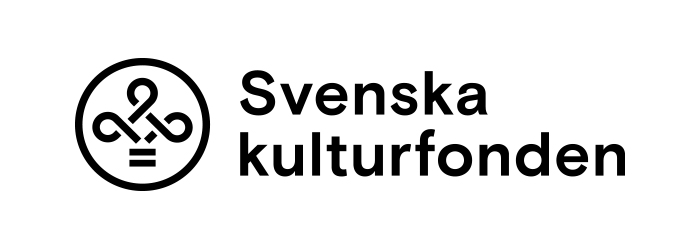Pronouns

In the Swedish language there are two case forms
| Subjektsform | Objektsform | |||
|---|---|---|---|---|
Numerus | Singular | Plural | Singular | Plural |
| Första person | jag | vi | mig | oss |
| Andra person | du | ni | dig | er |
| Tredje person | han, hon, den, det, man | de | honom, henne, den, det, en | dem |
Examples:
Jag måste skynda mig till tåget. (I have to hurry to the train)
Han väntar inte på mig. (He's not waiting for me)
Anna måste skynda sig till skolan. (Anna has to hurry to school)
De väntar inte på henne. (They will not wait for her)
Possessive pronouns Possessive pronouns express ownership or affiliation and are
conjugated according to gender and number (en, ett, plural)
| en words | ett words | plurals | ||
| jag | min | mitt | mina | |
| du | din | ditt | dina | |
| han | hans | sin | sitt | sina |
| hon | hennes | sin | sitt | sina |
| den/det | dess | sin | sitt | sina |
| vi | vår | vårt | våra | |
| ni | er | ert | era | |
| de | deras | sin | sitt | sina |
| man | ens | sin | sitt | sina |
Examples:
en bok - min bok - mina böcker
ett barn - mitt barn - mina barn
två vänner - mina vänner - hans vänner
Jag måste gå ut med min hund. (I have to walk my dog)
Du måste bada din patient. (You have to bathe your patient)
Hon besöker sin vän. (She's visiting her friend)
Hon tvättar sina kläder. (She is laundering her clothes)
Hans vän besöker honom ofta. (His friend visits him often)
Reflexive pronouns are words one uses instead of a noun to show that the person who carried out the act was also exposed to it.
The reflexive pronoun is used only in the communication in the third person.
In Swedish we only have one reflexive pronoun "sig" (oneself)
Examples:
Han kammar sig = He is combing (himself) his hair.
Hon speglar sig = She is looking at herself in the mirror.
Katten tvättar sig = The cat is washing itself.
Relative pronouns are introductory words of a subordinate clause.
The most common one is the word som (in this case meaning that, whose or which). Som cannot be conjugated.
Vilken, vilket, vilka = som
Examples:
En röd mugg = en mugg som är röd (a red mug= a mug that is red)
En besvärlig patient = en patient som är besvärlig (a bothersome patient = a patient who is bothersome)
Ett jobbigt schema = ett schema som är jobbigt (a tiring schedule= a time schedule that is tiring)
Ett gråtande barn = ett barn som gråter (a crying child= a child that is crying)
Examples:
Jag har en syster som heter Petra. (I have a sister whose name is Petra)
Hon har en katt som heter Mitzi. (She has a cat whose name is Mitzi)
Vars is genitive:
Example:
Anna arbetar på ett bolag vars VD jag inte känner. (Anna works at a company whose CEO I don't know)





